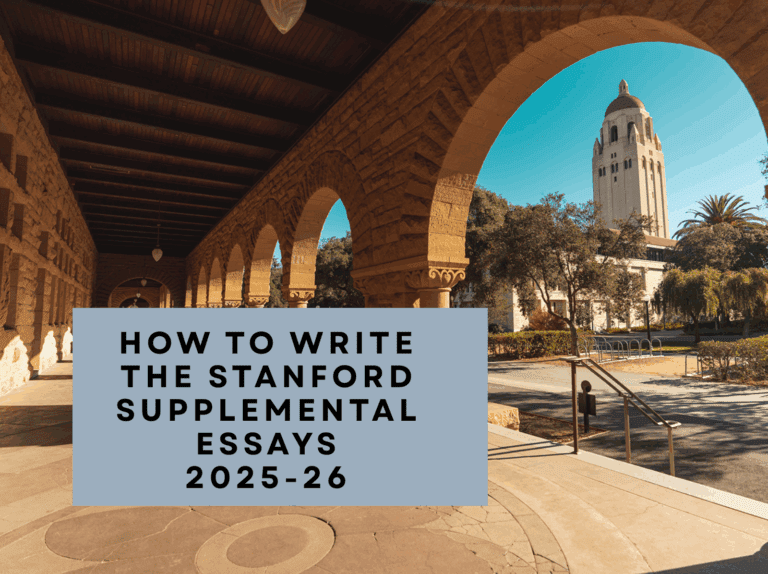You may have heard the words “open curriculum” or “core curriculum” and haven’t a clue what your counselors or the speakers at information sessions are going on about. It’s important to clarify these concepts for you, a potential applicant because they encourage you to think about a) the different approaches to education and b) your preferences, which will determine your college choices and ultimately shape the course of your life.
What is an Open Curriculum?
The key feature of an open curriculum is that it puts students in the driver’s seat of their education. They are free to design their course of study and explore a wide range of subjects without specific core requirements.
Brown University in Rhode Island and Amherst College in Massachusetts are examples of universities with open curricula, although they may differ in fine print. For example, Brown requires that students take at least two courses with an emphasis on argumentative writing, earn a minimum of 30 credits (each course counts towards one credit), and declare a “concentration” (rather than a major) to graduate.
Central to the open curriculum is the pivotal role of faculty advisors. These mentors, often from the student’s chosen field of study, provide invaluable personalised guidance as students navigate their educational paths.
Who is the Open Curriculum for?
If you love learning and want to take intellectual risks, then a college that offers an open curriculum is for you. Both Brown and Amherst offer a pass/fail option (or satisfactory/no credit option), which allows you to take a prescribed number of courses (usually four) over your college career for a grade or a credit. So, along with your concentration requirements, you may treat yourself to an introductory art history course or fancy a Ghanaian drumming course.
What exactly is a Core Curriculum?
Although the open curriculum is flexible, it is challenging. Some students may want to avoid navigating the havoc of choice. If you are one of those students, the core curriculum is at the other end of the spectrum.
Liberal Arts universities design a core curriculum in accordance with their values and principles. The most significant advantage to such a curriculum is that all your classmates will, at some point, have taken the same course as you; this is fertile ground for rich academic discourse.
Most core curriculums also encourage exploration outside of a student’s comfort zone; STEM students take Humanities and Arts courses they usually wouldn’t voluntarily participate in, and humanities students are made to develop their mathematical reasoning skills beyond the high school level.
Columbia University is notorious for its course-heavy core curriculum, which requires students to take six courses and four core electives over four years in college. Criticised by some as being too Eurocentric (the Art Humanities course is titled “Masterpieces of Western Art”), Columbia’s 100-year-old curriculum has been undergoing revision, with the latest addition being the “Frontiers of Science” course, as well as including core electives that encourage exploration into other countries and cultures.
The University of Pennsylvania is a happy middle ground: UPenn’s curriculum allows students to satisfy their primary requirements and take classes in fields of interest outside of the core.
Who is the Core Curriculum for?
Students who prefer a more structured curriculum may opt for a university with a strong core. If you are excited by the core curriculum of a particular university, chances are that your values and academic interests are in accordance with the university’s values.
Conclusion
In summary, an open curriculum allows you to tailor your education to your skills and passions, offering a more personalized academic journey. On the other hand, core curricula ensure a broad-based foundation across diverse subjects, preparing students with well-rounded skills and knowledge. Both models have their advantages, and the right choice depends on individual learning styles and career goals.








